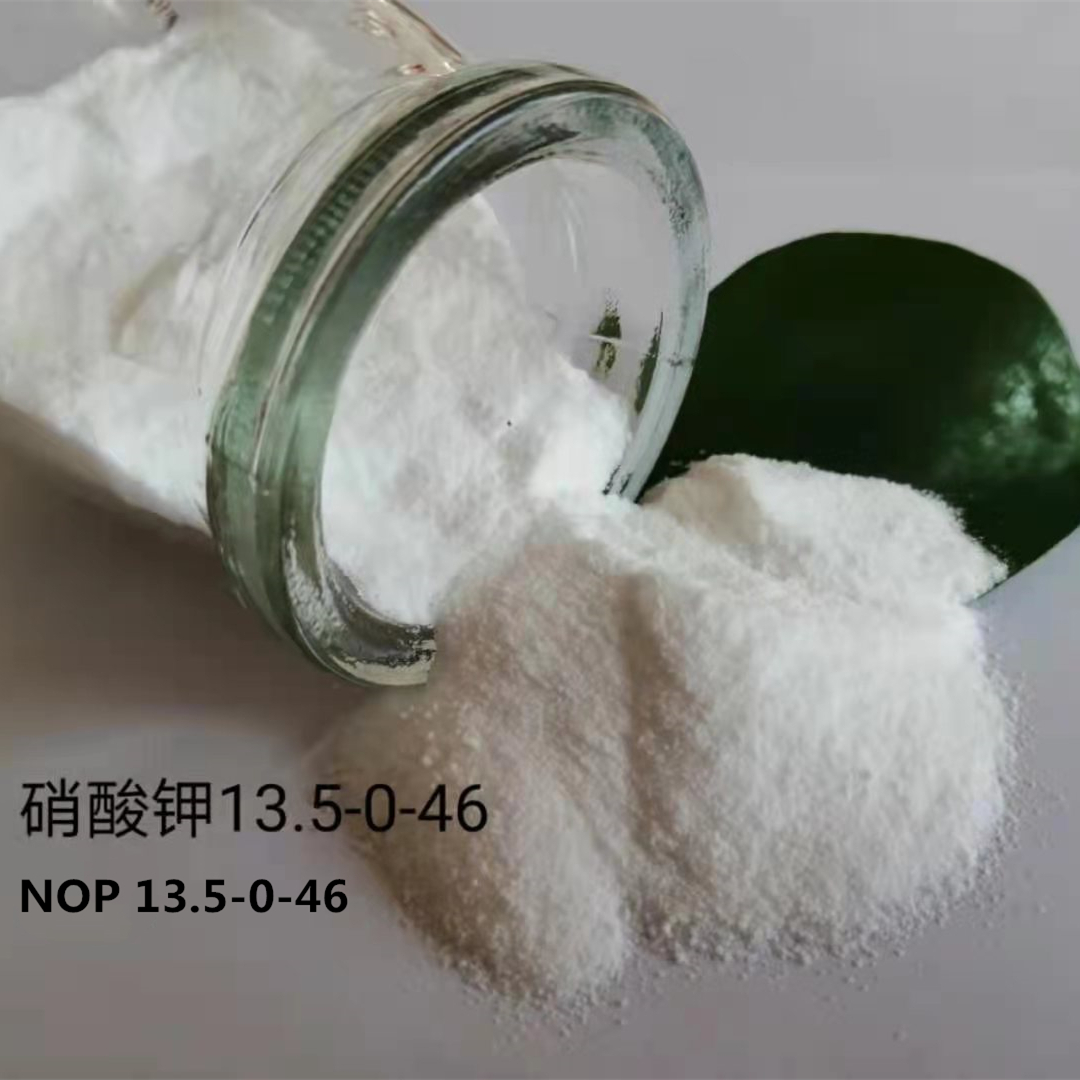
Dec . 12, 2024 19:59 Back to list
muriate of potash price
The Dynamics of Muriate of Potash Prices
Muriate of Potash (MOP), chemically known as potassium chloride (KCl), is a vital nutrient used primarily in agriculture as a fertilizer. The demand for potassium in global farming is escalating due to the increasing need for food production and the depletion of arable land. This article explores the factors influencing MOP prices, their implications for the agriculture sector, and the wider economy.
Understanding Muriate of Potash
MOP is one of the most significant sources of potassium for crops, facilitating essential processes such as water regulation, enzyme activation, and nutrient transportation within plants. Potassium is crucial for enhancing crop yields, improving quality, and increasing resilience against diseases and adverse environmental conditions. Therefore, understanding MOP prices is critical for farmers, agronomists, and policymakers alike.
Factors Influencing MOP Prices
1. Global Demand and Supply The fundamental principles of supply and demand significantly influence MOP prices. As global populations grow, the demand for food rises, leading to increased fertilizer application. According to industry forecasts, global potassium fertilizer consumption is projected to grow steadily, driven by increased agricultural productivity to meet food security challenges. However, MOP production is geographically concentrated, with countries like Canada and Russia being major producers. Any disruption in production—due to geopolitical tensions, natural disasters, or trade restrictions—can lead to price volatility.
2. Raw Material Costs The extraction of MOP involves mining potassium-rich ores, which can be energy-intensive and expensive. Fluctuations in energy prices, labor costs, and environmental regulations directly impact the production costs for MOP manufacturers. As these costs rise, manufacturers often pass on the expenses to consumers, pushing MOP prices higher.
3. Trade Policies and Tariffs International trade policies significantly affect the MOP markets. Countries may impose tariffs or quotas on potassium fertilizers to protect domestic producers or control prices. Such regulatory measures can disrupt the supply chain, leading to price spikes. Additionally, trade agreements can facilitate smoother transactions, potentially stabilizing prices.
muriate of potash price

4. Economic Conditions The health of the global economy can influence agricultural investment and, consequently, the demand for fertilizers like MOP. During economic downturns, farmers may reduce spending on fertilizers, leading to decreased demand and lower prices. Conversely, in a booming economy, increased agricultural investment can drive prices up as demand rises.
5. Technological Advancements Innovations in farming practices can affect fertilizer usage rates. For instance, the adoption of precision agriculture and enhanced crop varieties may optimize potassium use, impacting MOP demand. Conversely, advancements in MOP production technology can enhance efficiency and lower costs, potentially stabilizing or reducing prices.
Implications for the Agriculture Sector
Rising MOP prices pose challenges for farmers, particularly in developing regions where input costs can significantly impact profitability. Increased fertilizer prices can squeeze margins and may lead farmers to invest less in other critical areas, such as seeds or equipment. Consequently, this can hinder crop yield and food production.
On the flip side, higher prices might incentivize innovation and research into alternative sources of potassium, such as recycled fertilizers or more efficient application methods. It is crucial for farmers to stay informed about market trends and seek solutions that enhance productivity while managing costs.
Conclusion
The pricing of Muriate of Potash remains a complex interplay of global demand, production costs, geopolitical factors, and technological advancements. As the agricultural landscape continues to evolve, stakeholders in the agricultural sector must remain acutely aware of these dynamics. Efficient fertilizer use, investment in research, and responsive policy measures will be essential in navigating the challenges posed by fluctuating MOP prices, ultimately ensuring food security in an ever-changing world.
-
10 10 10 Fertilizer Organic—Balanced NPK for All Plants
NewsJul.30,2025
-
Premium 10 10 10 Fertilizer Organic for Balanced Plant Growth
NewsJul.29,2025
-
Premium 10 10 10 Fertilizer Organic for Balanced Plant Growth
NewsJul.29,2025
-
Premium 10 10 10 Fertilizer Organic for Balanced Plant Growth
NewsJul.29,2025
-
50 Pound Bags of 13-13-13 Fertilizer for All Plants – Bulk & Organic Options
NewsJul.28,2025
-
High-Efficiency 15-30-15 Granular Fertilizer for Healthy Crops
NewsJul.28,2025
